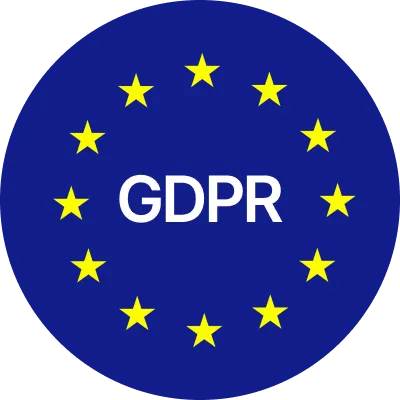Indigenous peoples
There is no single definition for indigenous peoples agreed on at the international level. In practice, there is convergence among international agencies on what groups can be considered indigenous peoples and should enjoy special protection as such. An important criteria for defining indigenous people is related to their connection to a traditional area, as defined in ILO Convention No. 169, Article 1, which states that the convention applies to: “(a) tribal peoples in independent countries whose social, cultural and economic conditions distinguish them from other sections of the national community, and whose status is regulated wholly or partially by their own customs or traditions or by special laws or regulations; (b) peoples in independent countries who are regarded as indigenous on account of their descent from the populations which inhabited the country, or a geographical region to which the country belongs, at the time of conquest or colonisation or the establishment of present state boundaries and who, irrespective of their legal status, retain some or all of their own social, economic, cultural and political institutions”. ILO Convention 169 also states in Article 1(2) that: “[s]elf-identification as indigenous or tribal shall be regarded as a fundamental criterion for determining the groups to which the provisions of this Convention apply”.




